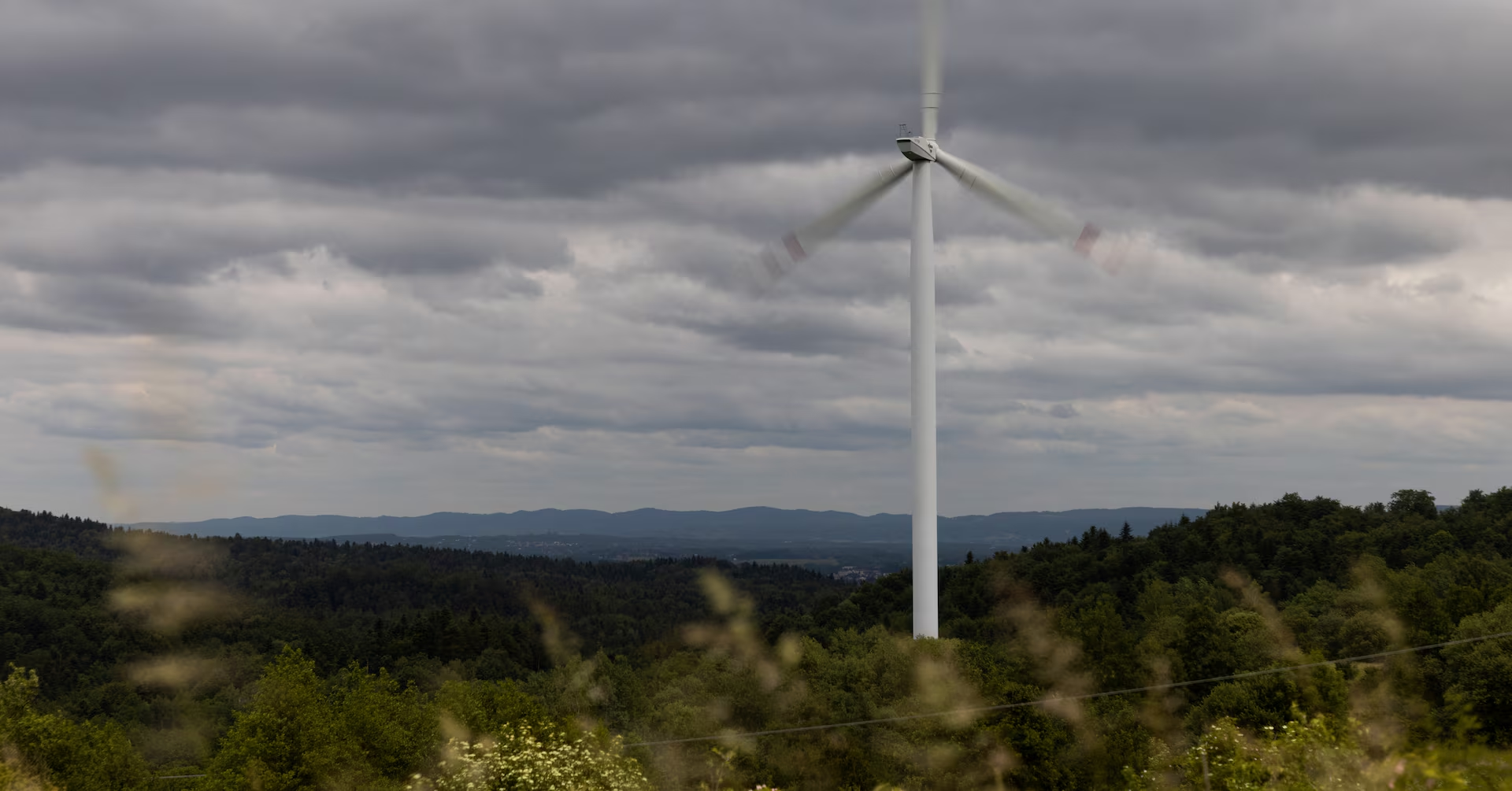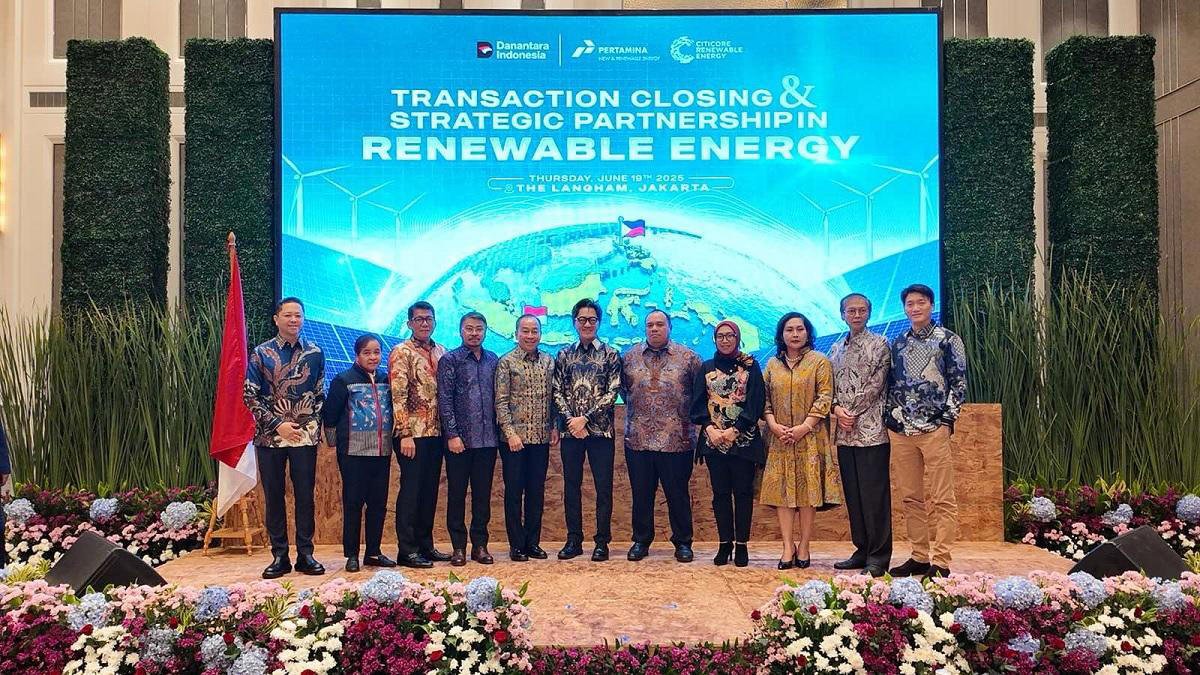On June 26, the Polish parliament passed legislation aimed at easing the construction of onshore wind farms, a measure the government anticipates will increase renewable energy production and reduce electricity costs for consumers. This decision followed a vote that modified existing regulations to decrease the minimum distance required between wind farms and residential buildings, while maintaining stricter permitting procedures for projects near protected natural areas.
The new legislation also includes a provision to freeze energy prices for households until the end of the year and offers incentives for local governments and homeowners adjacent to the new wind farm sites. Climate Minister Paulina Hennig-Kloska emphasized the benefits of increased renewable energy generation, stating, ‘The more power we have from renewable sources, the lower electricity prices will be.’
This initiative aligns with the current government’s campaign promises to enhance Poland’s renewable energy capacity, especially after previous administrations imposed restrictions on the development of onshore wind energy for nearly eight years. With nearly 30% of Poland’s electricity generated from renewable sources in 2024, the country has achieved an installed wind capacity of 11 gigawatts.
The legislation now requires approval from the Senate and the president’s signature to become law. However, both outgoing President Andrzej Duda and president-elect Karol Nawrocki have expressed reservations about relaxing wind farm regulations. Duda highlighted concerns regarding the last-minute amendment to freeze energy prices, suggesting it was a strategy to pressure him into signing the bill.
Poland’s energy landscape is undergoing a shift, with renewable energy sources increasingly replacing coal-fired power generation. The passage of this wind farm legislation could accelerate this transition, potentially leading to more competitive electricity prices and greater energy independence.




